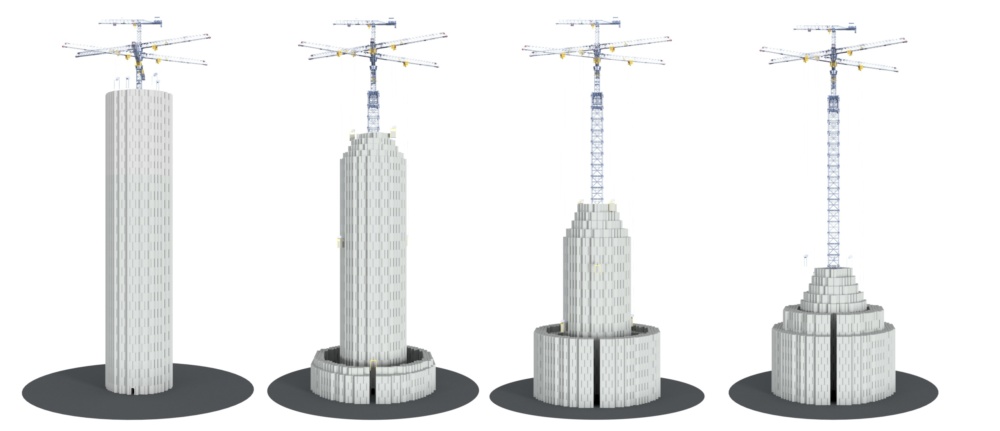In their latest achievement, MIT engineers have produced a type of concrete that can store energy and can turn roads into electric chargers. This concrete can be a cost-effective boon in the use of renewable energy.

It may seem far-fetched, but thanks to recent advances, MIT researchers have succeeded in producing such concrete. Imagine a future where solar panels on the roof of the house generate energy and the energy generated is stored in the walls or concrete foundations of the house. The structure of this concrete is such that it can store energy in a creative way in the combination of its usual materials. According to the calculations, a 45 cubic meter concrete block can store 10 kilowatt-hours of energy, which is equivalent to the amount of energy consumed by a family of 4. In this new structure, concrete is combined with carbon black and water. Carbon black is a black powder that was used as ink for writing about 2,000 years ago. This combination causes the resulting concrete to become a mixture with the ability to carry an electrical charge. It is said that this material is supercapacitor. A key advantage of such concrete over batteries, which work by converting chemical energy into electrical energy, is that supercapacitors do not degrade over time or lose their ability to hold a charge. On the other hand, carbon black is cheaper than the rare metal components of the battery such as cobalt and lithium, and the production of this concrete is much more economical than the production of batteries. On the other hand, there is no need for mining and this helps to preserve the environment; Because mining is an environmental destruction process.

According to the researchers, in addition to providing energy, this material can be used to complement or strengthen wind turbines. In addition, if roads can be built with this concrete, it can be turned into a charger that delivers solar energy directly to moving electric vehicles and charges them. Researchers in this study have found that energy capacitors connected to concrete can be discharged quickly or slowly depending on the type of device. This reduces the effect of uncontrollable variables such as wind and sunlight and allows for a constant flow of renewable electricity at all times. After conducting basic tests, the team is working to prepare and introduce its first prototype in the next 18 months. We hope that we will be able to use such a valuable technology on a large scale before the situation of fossil fuels reaches the dangerous stage.



